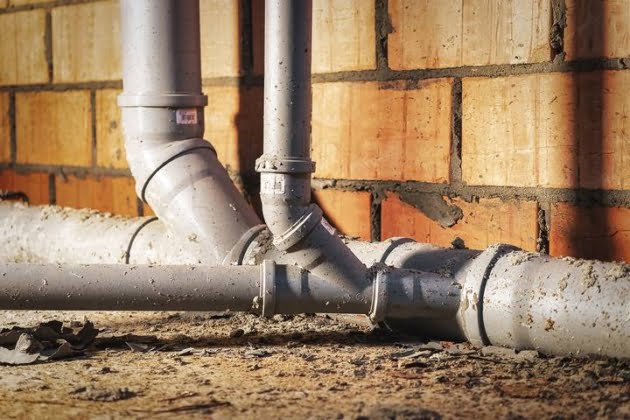The main sewer lines are the pipes that transport wastewater away from your home. They extend toward the street and connect with the city’s main sewage line. When your sewer lines don’t have a clear route to the city’s main system, wastewater will need to find a new place to go. It results in sewage backing up into your fixtures and floor drains, causing severe damage.
A clogged sewer line often occurs gradually, with the early signs sometimes going unnoticed. Most people only think about their main sewage lines once it’s too late. When an issue with the main sewage line does occur, the consequences are often disastrous. Wastewater poses a severe health hazard to you and your loved ones. For this reason, it’s best to learn about the warning signs of a clogged sewer line. You can quickly respond to the signals and call a plumber, avoiding a major crisis.
Here are the six signs of a clogged sewer line:
Sign #1: Sewage backup
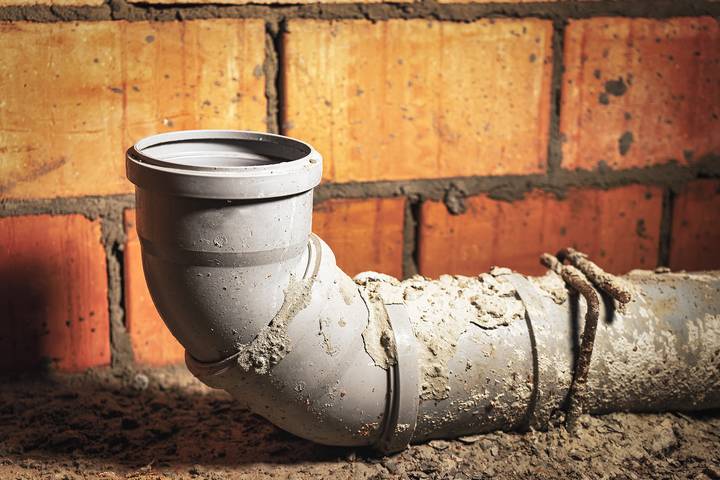
When there is a clog in the sewer line, the wastewater has nowhere to go but up. It leads to sewage backup in your home, which can be unpleasant and dangerous. Call a professional Oshawa plumber if you have noticed sewage overflowing into other parts of your home. A clogged sewer line is likely the cause, and an expert will be able to fix the issue.
For more information, you may request a camera inspection. Video camera inspections can quickly and accurately diagnose problems inside your pipes. Any build-up of dirt or debris will display on the camera. Afterwards, the plumber can recommend your next steps to clear the clogged sewer line.
Sign #2: Clogged sinks and toilets
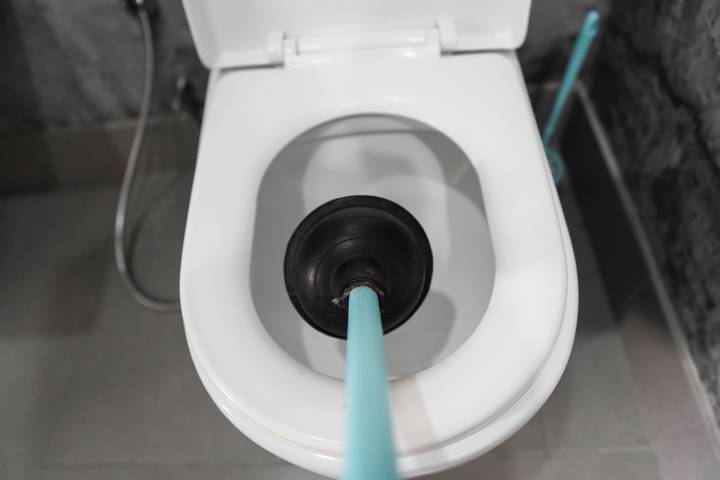
The most obvious sign of a blockage is when you notice multiple clogged sinks and toilets in your home. Every fixture’s drain connects to the main sewage line. As a result, an obstruction may affect various drains in your house. Pay attention to any odd behaviour coming from fixtures, beginning at the lowest level of the house. A clog usually happens somewhere between the house and the street. Since these clogs move upwards, the lower drains are generally the first to back up.
If you hear strange sounds from multiple fixtures like your toilet and washing machine, this can also be an early sign of a clogged sewer line. The most common is a percolating sound coming from the toilet. It usually sounds something similar to that of a coffee machine dripping. Another thing to look out for is flooding in the basement. Contact an emergency plumber if anything is out of the ordinary with your fixtures, especially when many are clogged.
Sign #3: Slow draining sinks
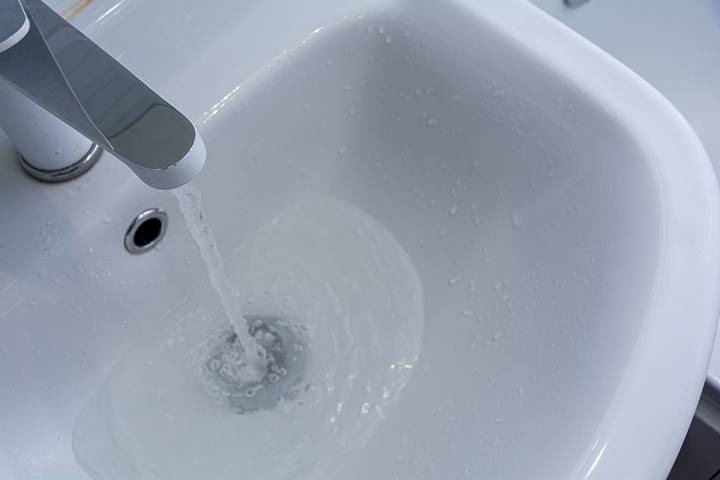
Slow draining is one of the most easily identifiable signs you have a clogged sewer line. When drains start to slow down, the water cannot flow through the pipe smoothly. Typically, the cause is a blockage in the line that prevents water from passing freely. If you notice multiple drains taking longer to empty than usual, it could signify a clogged sewer line.
Check whether your sinks, toilets, and bathtubs drain sluggishly or only halfway. A slow drain is sometimes a minor issue, which you may repair with a plunger. However, avoid using chemical products for slow-draining sinks, as these can sometimes harm pipes and fittings. Instead, call a professional plumber and have them diagnose the problem.
Sign #4: Overflowing toilets
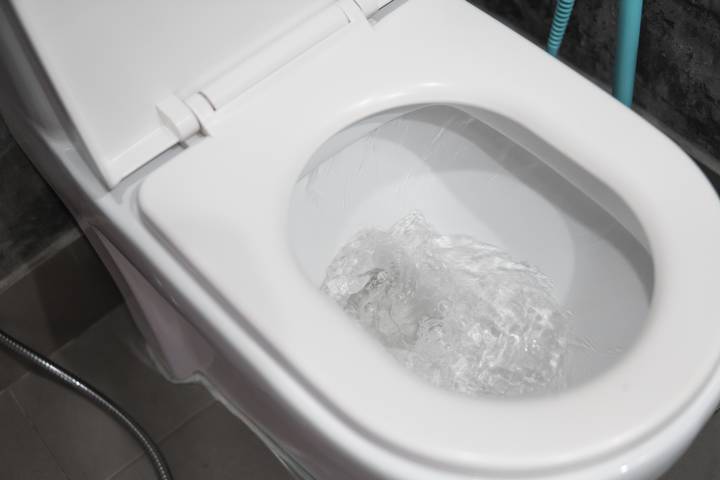
Are you finding that your toilet is getting clogged more than usual, forcing you to plunge more frequently? If so, the source of the problem may be somewhere further downstream in your drainage system. The same goes for your clogged kitchen sink drain. Any time your toilets or sinks overflow, there is a significant issue. You will need to call a professional as soon as possible.
There are various reasons for the overflow, typically involving debris accumulated over time. These items block the flow of water. You may also see discoloured water in the bowl. If this happens, it is crucial to turn off the water supply immediately and call a plumber.
Sign #5: Gurgling drain

An alarming sign is when one drain causes a gurgling sound in another household drain. After flushing your toilet, you may hear gurgles in the sink or shower drain. Likewise, you hear an odd noise from the toilet when running your washing machine. These gurgling sounds indicate you have a clogged sewer line.
As the clog builds up and restricts water flow, air bubbles form and cause a gurgling sound. If you hear this noise, you should act quickly. The clog can cause significant damage if not addressed promptly.
Sign #6: Smelly drains
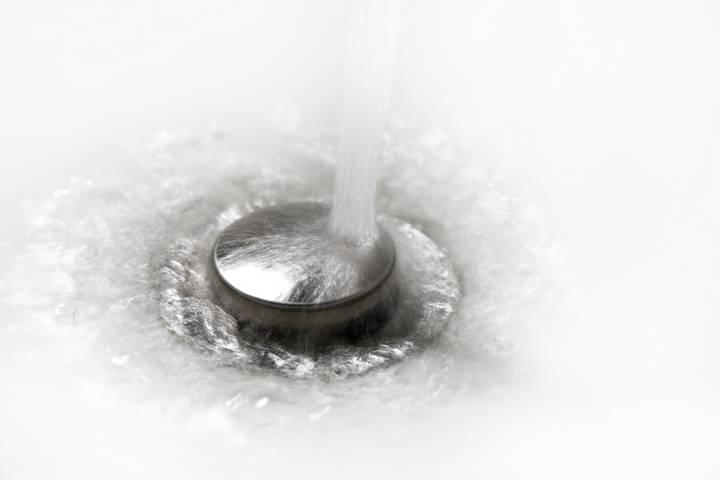
If you start noticing a foul odour from your fixtures, you likely have a clogged sewer line developing. While it might not always be easy to tell, any kitchen or bathroom sink smell is cause for concern. Strange odours can come from any of your fixtures, including toilets, sinks, washing machines, and dishwashers. It’s good to pay attention to the smells in your basement, as these will be the first to indicate a clogged sewer line.



